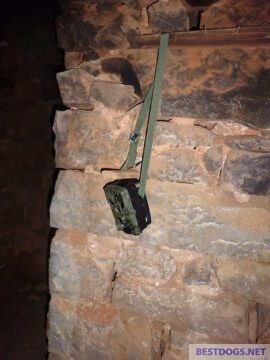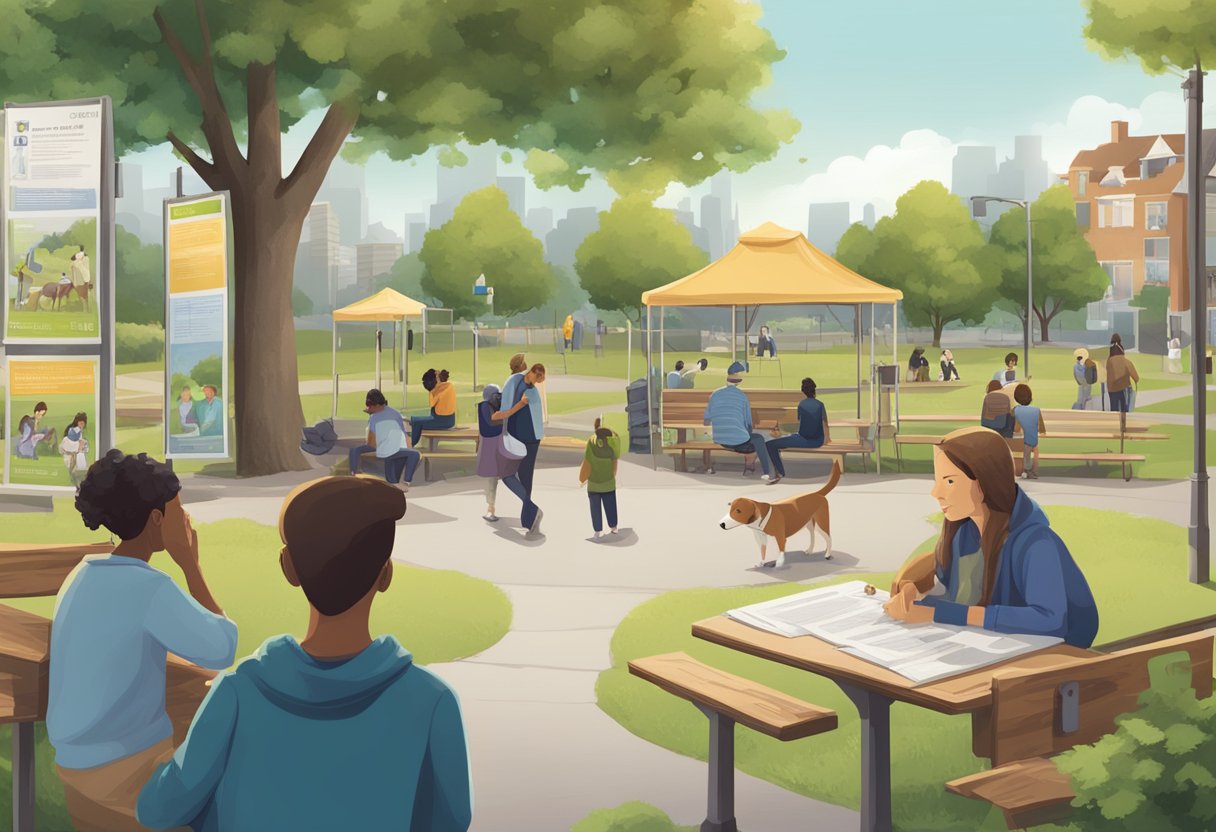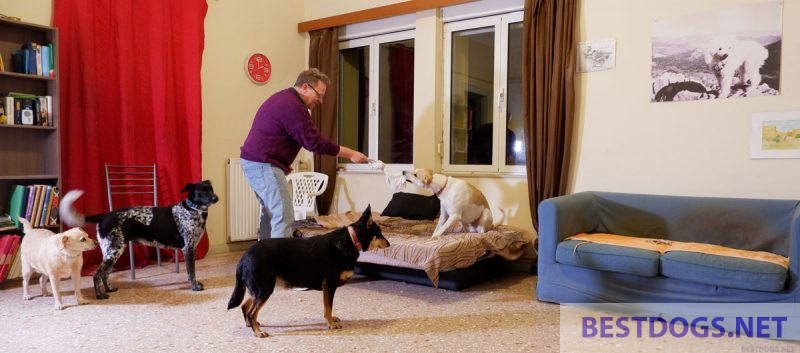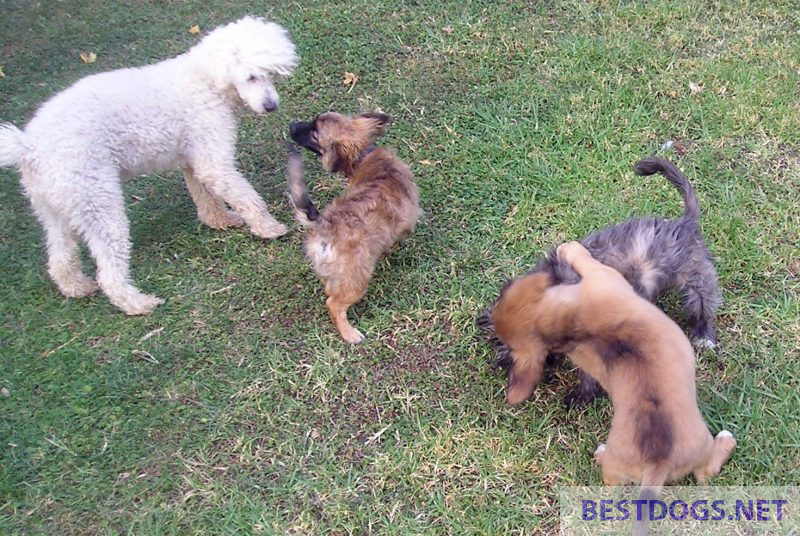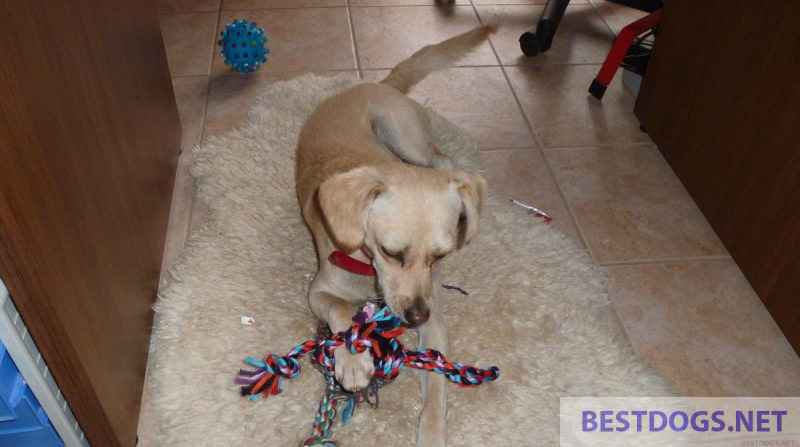Lost dog – what to do?
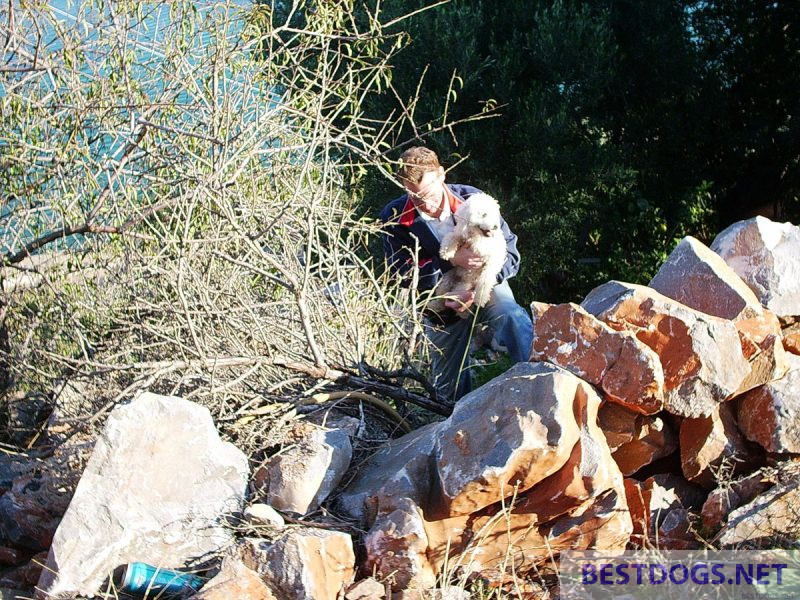
Lost Dog: What to Do? Essential Steps for a Swift Reunion
Table of Contents
Discovering that a dog is missing can be an extremely stressful and worrying experience for any pet owner. It’s crucial to remain composed and take immediate, strategic action to increase the chances of a safe reunion. Owners should start by thoroughly checking their home and neighborhood, as animals often hide in familiar areas when scared or injured. It is also beneficial to inform neighbors and local community members about the missing pet, as they can be valuable allies in the search.

As time is of the essence, utilizing both traditional methods and technology can enhance the search efforts significantly. Flyers with the dog’s photo, description, and contact information should be distributed in the area where the dog was last seen. Simultaneously, the internet provides a powerful platform for networking and information sharing, so posting on social media and lost dog websites can be highly effective. Providing clear and accurate descriptions and contact details will assist others in identifying the lost pet and contacting the owner.
Furthermore, contacting local animal shelters, vet clinics, and animal control agencies is imperative. These organizations can alert their networks and keep an eye out for any incoming pets that match the description of the missing dog. It’s best practice to visit these places in person when possible since it allows the owner to visually identify their pet more reliably than descriptions over the phone. Additionally, considering the creation of a missing pet report with these entities can help streamline the process of being reunited with a lost dog.
Immediate Actions to Take
When a dog goes missing, the initial steps are crucial and must be carried out with urgency to increase the chances of a safe return.
Many dogs return to the spot where they were lost when the interest they had in running away has subsided or disappeared – e.g. another animal in the case of dogs with a strong hunting instinct.
You should therefore stay in this spot for 15 to 20 minutes and call loudly for the dog or use a dog whistle.
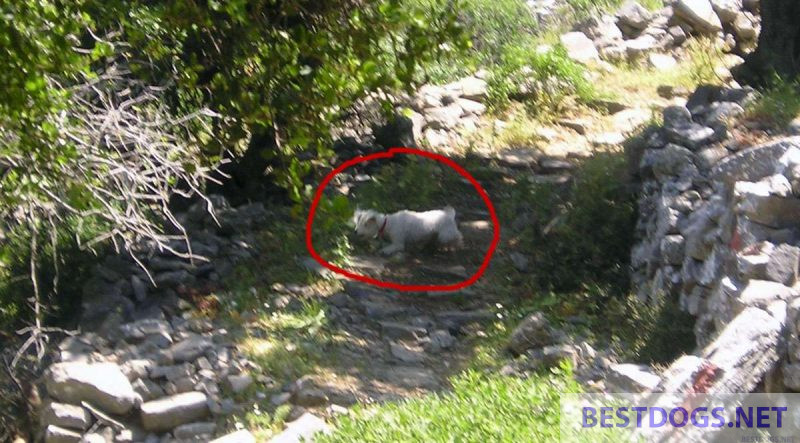
The owner should then immediately search the area, contact local shelters, and inform the community, ensuring they have the necessary contact information ready for anyone who might find their lost pet.
Search the Area
One should systematically search the neighborhood where the dog was last seen, checking all possible hiding spots. It’s imperative to call out for the dog while carrying a familiar object that might attract it, like a favorite toy, sauceses or smelling blanket. Additionally, asking neighbors for any sightings can help pinpoint a direction in which the dog may have gone.
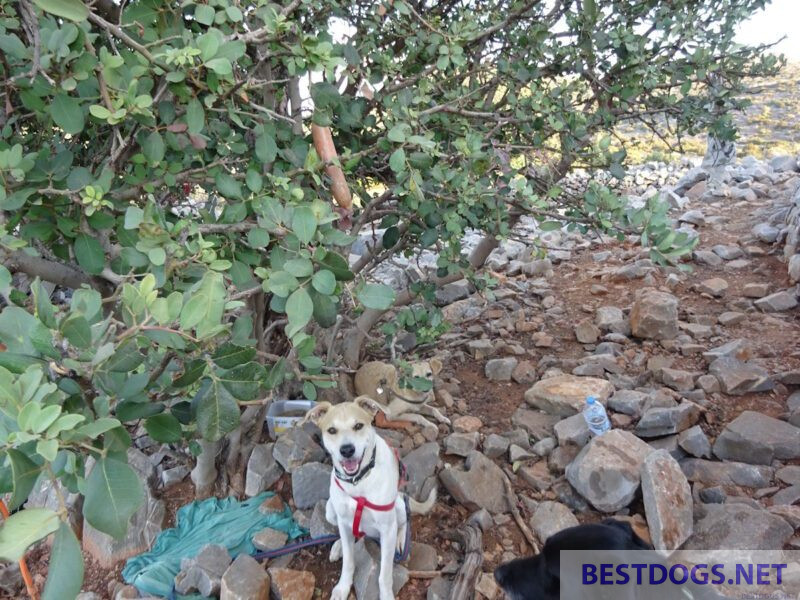
Another good option are good drones with ranges of at least 1/2 to 1 1/2 miles and a good camera resolution (three to four times) to be able to detect a moving dog from heights of less than 50 yards.
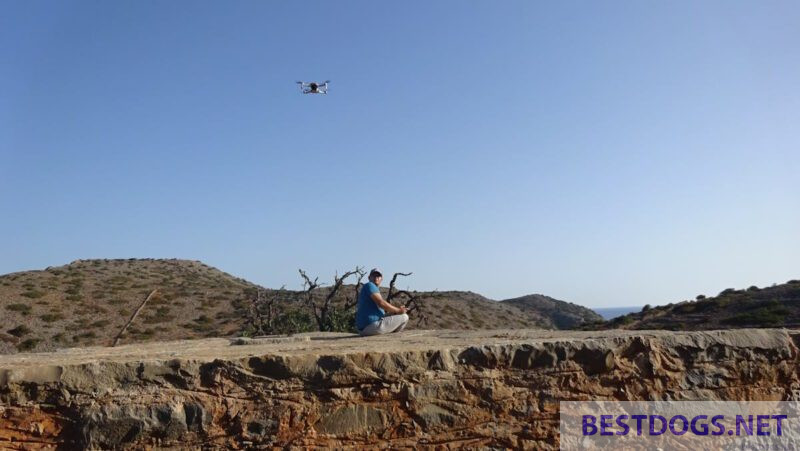
However, dogs that are hiding under a bush or something similar can hardly be detected.
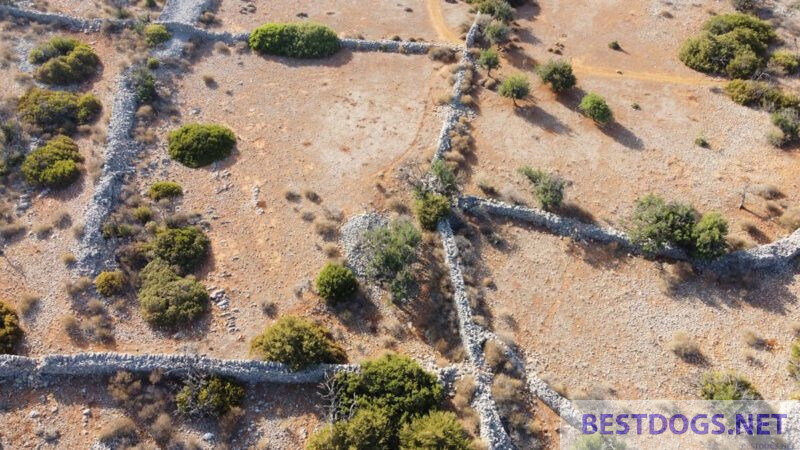
[amazon_link asins=’B0BQ2T2TH9, B0C3FSMW2V, B0C2ZYRCLL’ template=’ProductGrid’ store=’wwto-20′ marketplace=’US’]
Establish a feeding site
Set up a feeding station near the last known location and/or at the place where the dog was lost, where the animal can get water and food. A good-smelling blanket (from the dog or a blanket from the owner), which must be replaced approximately every 48 hours, should also be fastened over it – e.g. in the branches of a tree. Another blanket should be laid out and fastened on the ground near the food, on which the dog can rest and even wait for its master. The feeding area should therefore be checked as often as possible and, of course, the food and water should be refreshed at least daily.
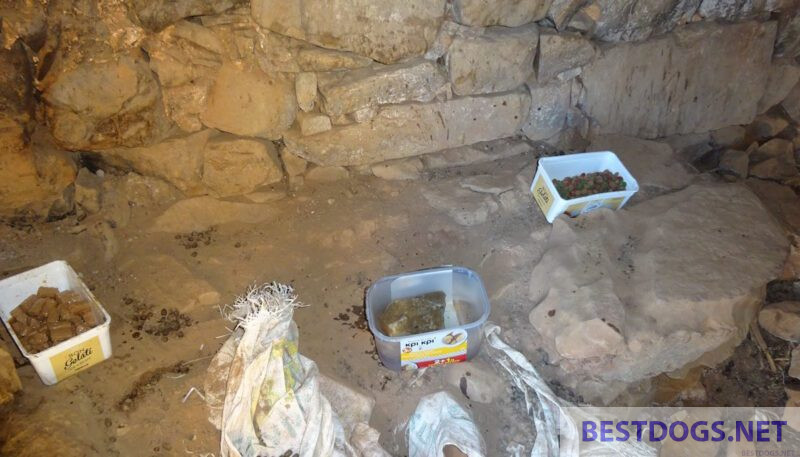
Many runaway dogs are also very shy and hide in unfamiliar surroundings, so that they rarely approach other animals or people and are more likely to be chased away by them, so that such dogs can sometimes wander around for weeks in remote areas and a feeding station should be operated for as long as you are sure that the food will be picked up by a dog.
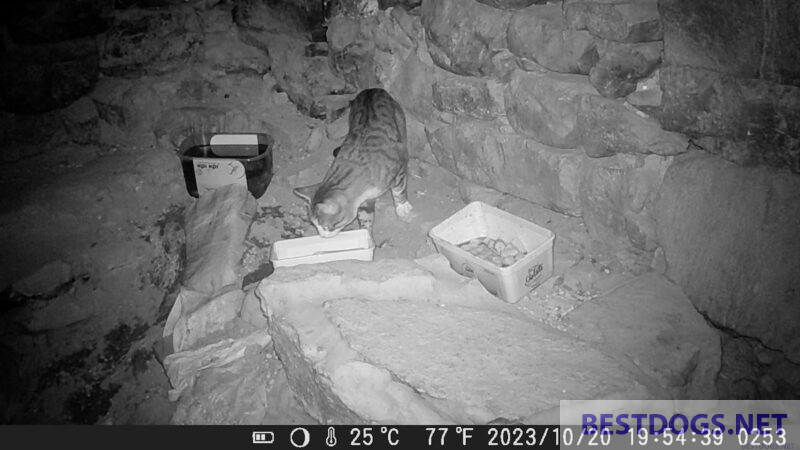
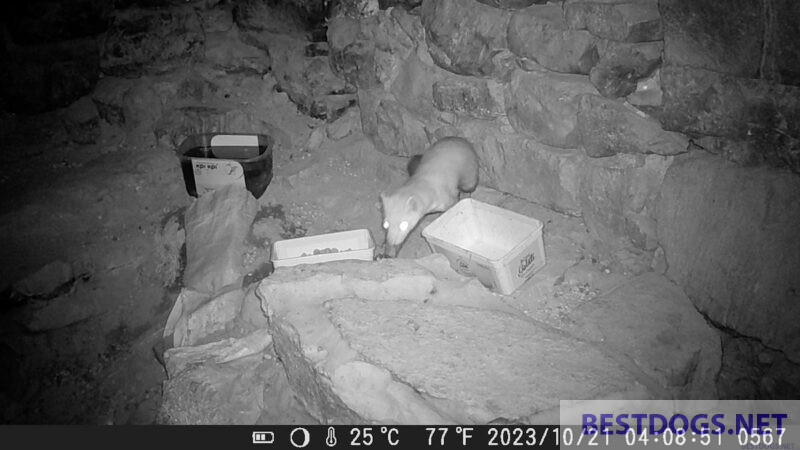
[amazon_link asins=’B0BP72QJSD, B0C63L4GGF, B0B9ZNY2WQ’ template=’ProductGrid’ store=’wwto-20′ marketplace=’US’]
Contact Local Shelters
Local animal shelters and animal control agencies should be alerted about the lost dog as soon as possible. Providing them with detailed descriptions of the pet, recent photos, and contact information is essential. This will allow shelters to quickly reach out if a dog matching the description is found or brought in.
Inform the Community
Harness the power of social media to spread the word by posting on community pages, lost pet groups, and apps specifically designed for locating lost animals. Physical “Lost Dog” flyers with clear photos, a detailed description, and contact numbers should be distributed in public spaces and with local businesses. It can also be beneficial to file a report with local police if there is a suspicion of theft.
Lost dogs can be registered as missing at the veterinarian’s office with the responsible municipalities and databases.
By executing these immediate actions, an owner significantly enhances the prospects of bringing their lost dog home safely.
Creating Effective Lost Dog Posters
When a dog goes missing, one of the most immediate actions is to create and distribute lost dog posters. These posters serve as an essential tool for notifying the community and recruiting help to locate the pet. Effectiveness hinges on strategic design and placement.
Designing the Poster
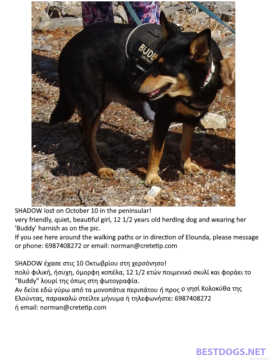
A well-designed poster captures attention and conveys critical information quickly. It should feature a large, clear photo of the dog, as visibility is key. The photo should depict the dog’s most distinguishable traits, allowing for immediate recognition. One should opt for high-resolution images and bold colors to enhance the poster’s visibility.
The description beneath the photo must include the dog’s breed, color, and any unique tags or markings. Simplicity is vital; thus, the text should be concise and readable from a distance, with essential contact info highlighted or in bold. It’s advisable to use durable materials and weather-resistant ink to ensure the poster withstands various elements.
Poster Element |
Details |
|---|---|
Photo |
High resolution; displays unique traits; in color |
Description |
Breed, color, distinctive markings; clear and concise |
Contact Information |
Bold and easy to read from a distance |
Materials |
Durable and weather-proof |
Strategic Poster Placement
Placement determines how widely the poster’s message will spread. High-traffic areas such as intersections, parks, and community centers are strategic choices. One should also print multiple posters to increase the probability of sightings. For expanded reach, it can be advantageous to place posters at varying heights – at eye level for pedestrians and higher for motorists.
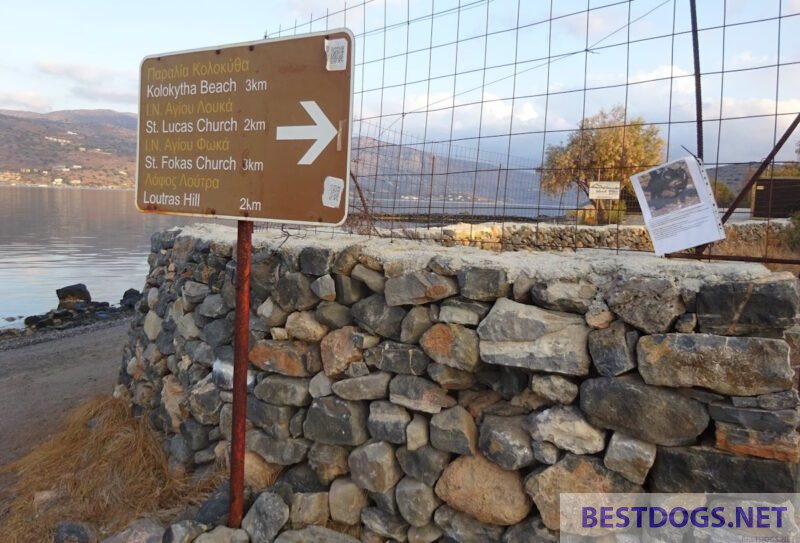
Local veterinary clinics and pet stores often serve as information hubs for pet owners; placing posters in these locations can tap into networks of pet enthusiasts and experts who might offer additional assistance or keep an eye out. It’s also critical to respect private property and local regulations regarding public postings.
Online Efforts and Social Media
Online platforms can significantly expand the search for a lost dog, leveraging the power of community and the speed of digital communication.
Utilizing Social Media
Social media has become an indispensable tool for spreading the word when a pet goes missing. Sites like Facebook and Instagram offer instant access to vast networks, where a single post can be shared hundreds or thousands of times. To make the most of these platforms, one should:
- Create a shareable post: Include a clear, recent photo of the lost dog, a detailed description, and the last known location.
- Use hashtags effectively: Tags such as #LostDog or #MissingPet can increase visibility.
Facebook groups specifically designed for lost pets or local community pages can alert neighbors and residents in the immediate area.
Online Pet Communities
Online pet communities and forums serve as another vital resource. They are filled with pet lovers who are often eager to help. Here’s how to engage with these communities:
- Post in local forums: Focus on pet-specific sites and local community boards, describing the lost dog in detail.
- Check and post on lost and found databases: Websites dedicated to reuniting lost pets with their owners can be very effective.
Digital flyers can be circulated within these online communities, ensuring that more eyes are on the lookout for the missing dog. It’s key to keep these posts updated and to respond quickly to any potential sightings.
Leveraging Community Resources
When a dog goes missing, tapping into community resources can significantly increase the chances of a reunion. Local networks and pet-related services can act as extended eyes and ears, helping to spread the word swiftly and effectively.
Engaging Neighborhood Networks
Local social media groups and platforms like Nextdoor can be a powerful tool for disseminating information about a lost dog. Community members often rally together to provide assistance in such situations. Flyers can also be distributed in neighborhoods, grocery stores, and local community centers. Whether friends, family, or unfamiliar neighbors, individuals in the vicinity can be invaluable in spotting the lost pet.
- Action Items:
- Post on local social media platforms
- Hang flyers in high-traffic community areas
Collaborating with Pet-Related Services
Partnering with local veterinary offices and services like AKC Reunite can be crucial. These entities often have a network of pet owners and can send out alerts. If a dog is brought in, vets can scan for a microchip, providing a direct route back to the owner. Dog parks are also frequented by local pet owners who might be on the lookout for strays and can keep an eye out for the lost dog.
- Collaboration Points:
- Contact veterinary offices for assistance
- Visit local dog parks to inform regular visitors
Preventing Future Incidences
About one in three dogs get lost at some point in their lives and up to 80 percent of them are never found again!
Preventing the heartache of a lost dog entails proactive measures such as ensuring a secure environment and responsible pet ownership through training and identification.
Securing Your Home
A fundamental step in keeping one’s dog safe is to create a secure home environment. Owners are advised to carefully maintain fencing around their property, checking for and repairing any gaps or weaknesses routinely. Secure gates with locks and consider installing pet-proof latches that can thwart a clever dog’s escape attempts. For added security, especially for dogs prone to running away, it may be prudent to invest in a safety collar with a GPS tracker.
With a tracker like this, our dog Shadow would have been found immediately!
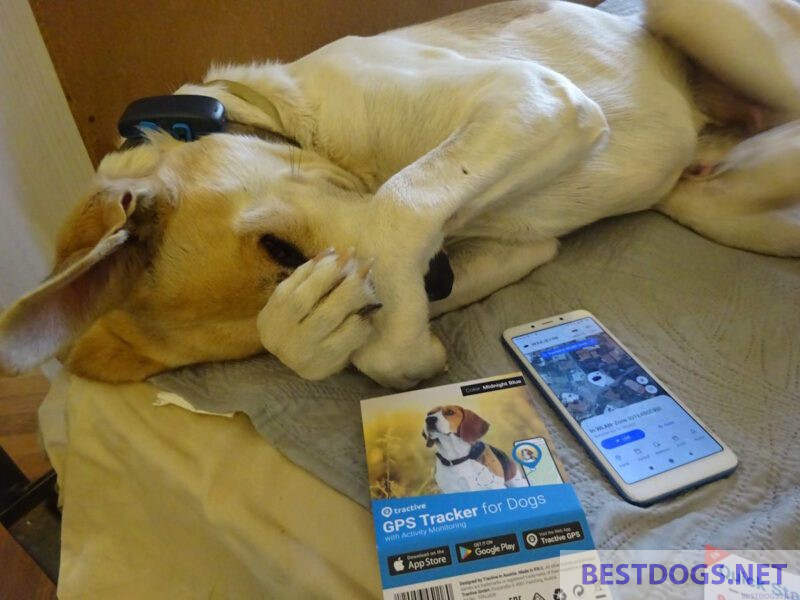
Also, one must be mindful when opening doors or windows that a dog could potentially dash through. A leash should always be used when venturing outside the secure areas of the home, even if just for a short stroll to the mailbox.
Training and Identification
In addition to a secure home, proper training is vital for a dog’s safety. A well-trained dog should respond to commands such as ‘stay’ and ‘come’, especially in situations that could lead to them running off. Regular behavioral training reinforces listening skills and can prevent dogs from putting themselves in dangerous situations.
Training on a towing (drag) line is recommended.
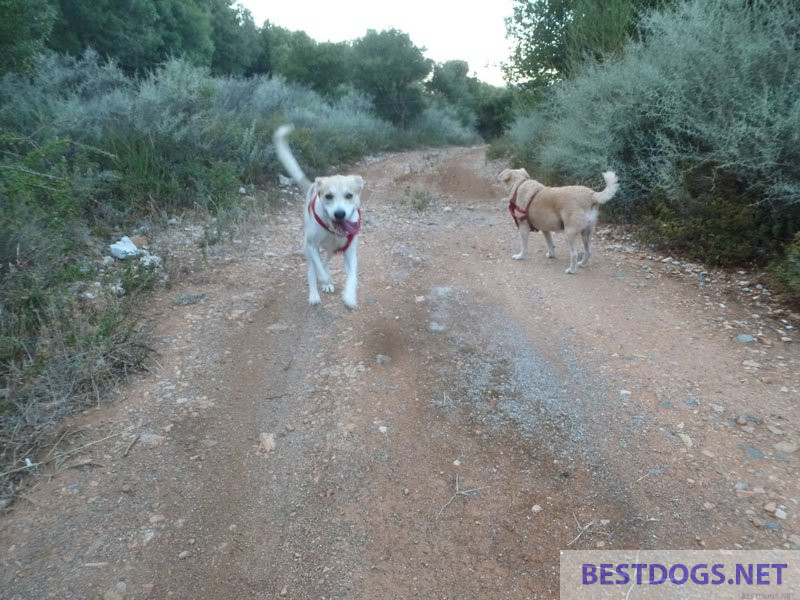
Identification is another key component. A collar with a current tag displaying contact information is the first line of defense in case a dog gets lost. For a more permanent solution, a microchip provides a means of identification that cannot be lost or removed. Remember, it’s critical to keep the contact information up to date with the microchip registry and on tags. Furthermore, make sure to keep your dog’s vaccinations current to safeguard their health in case they come into contact with other animals while lost.
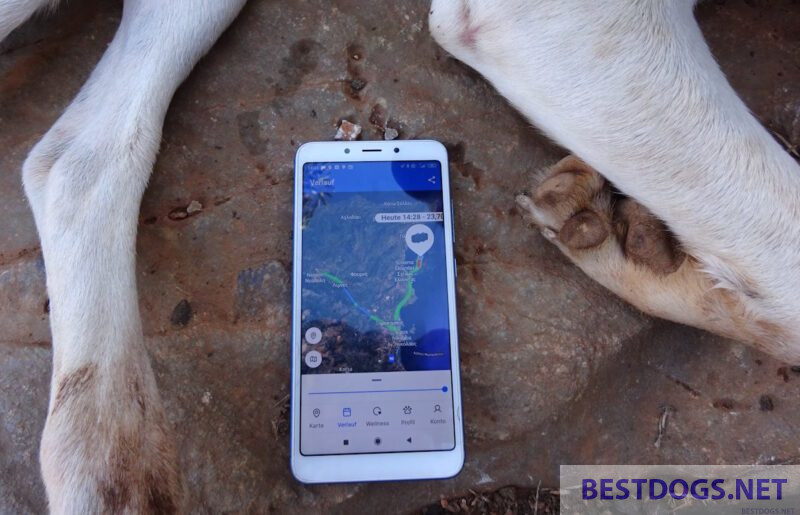
[amazon_link asins=’B08M6H284G’ template=’ProductGrid’ store=’wwto-20′ marketplace=’US’]


